
1. Inaccessible Island rail
Endemic to a South Atlantic island with the very on-the-nose name of Inaccessible Island, it's long been a mystery how this tiny brown bird (just 15.5cm long) arrived there in the first place. Genome sequencing has suggested that its closest-living relative is a flighted bird (the dot-winged crake), meaning that the common ancestor of these two had the ability to fly, and the ancestors of the Inaccessible Island rail likely simply flew to their island home.
2. Common ostrich
The heaviest and tallest of all extant birds (let alone just flightless ones), adult males can stand above 2.5m and weigh more than 150kg. Contrary to the myth, these birds don't stick their heads in the sand when scared, but sometimes put their heads in their sandy nests to rotate their eggs, which is probably where the myth originated.
3. Kakapo
Not only is this strange bird the world's only flightless parrot, but it is fat, bright green, nocturnal, very friendly to humans and often moves around by jogging. Unfortunately, these bizarre New Zealand natives are Critically Endangered.
4. Emperor penguin
Denne historien er fra May 2024-utgaven av BBC Wildlife.
Start din 7-dagers gratis prøveperiode på Magzter GOLD for å få tilgang til tusenvis av utvalgte premiumhistorier og 9000+ magasiner og aviser.
Allerede abonnent ? Logg på
Denne historien er fra May 2024-utgaven av BBC Wildlife.
Start din 7-dagers gratis prøveperiode på Magzter GOLD for å få tilgang til tusenvis av utvalgte premiumhistorier og 9000+ magasiner og aviser.
Allerede abonnent? Logg på

SNAP-CHAT
Justin Gilligan on giant spider crabs and holding hands with an octopus
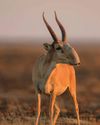
STEPPE CHANGE
Herds of saiga have returned to Kazakhstan, but there's a fine balance to tread
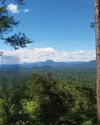
TREES FOR LIFE
Community is at the heart of conservation in the tropical forests of southern Belize
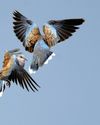
WHEN DOVES CRY
Turtle doves are now the UK's fastest declining bird species, but the RSPB is on a mission to save them

SURVIVAL OF THE CUTEST
We can't help being drawn to cute creatures, but our aesthetic preferences both help and hinder conservation
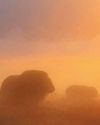
LIGHT ON THE NORTH
Spectacular images of Arctic foxes, reindeer and musk oxen reveal the wild beauty and diversity of Scandinavia
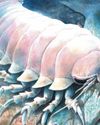
ROLLING IN THE DEEP
The super-sized crustacean that lives in the deepest, darkest ocean
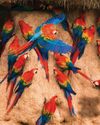
LET'S GET TOGETHER
Clay licks deep in the Amazon explode in a riot of colour, with macaws the stars of the show
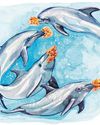
FEMALE OF THE SPECIES
To sponge or not to sponge? That is the question for the bottlenose dolphins (Tursiops aduncus) living in Shark Bay, Western Australia.
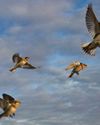
7 nature encounters for the month ahead
WITH NATURALIST AND AUTHOR BEN HOARE